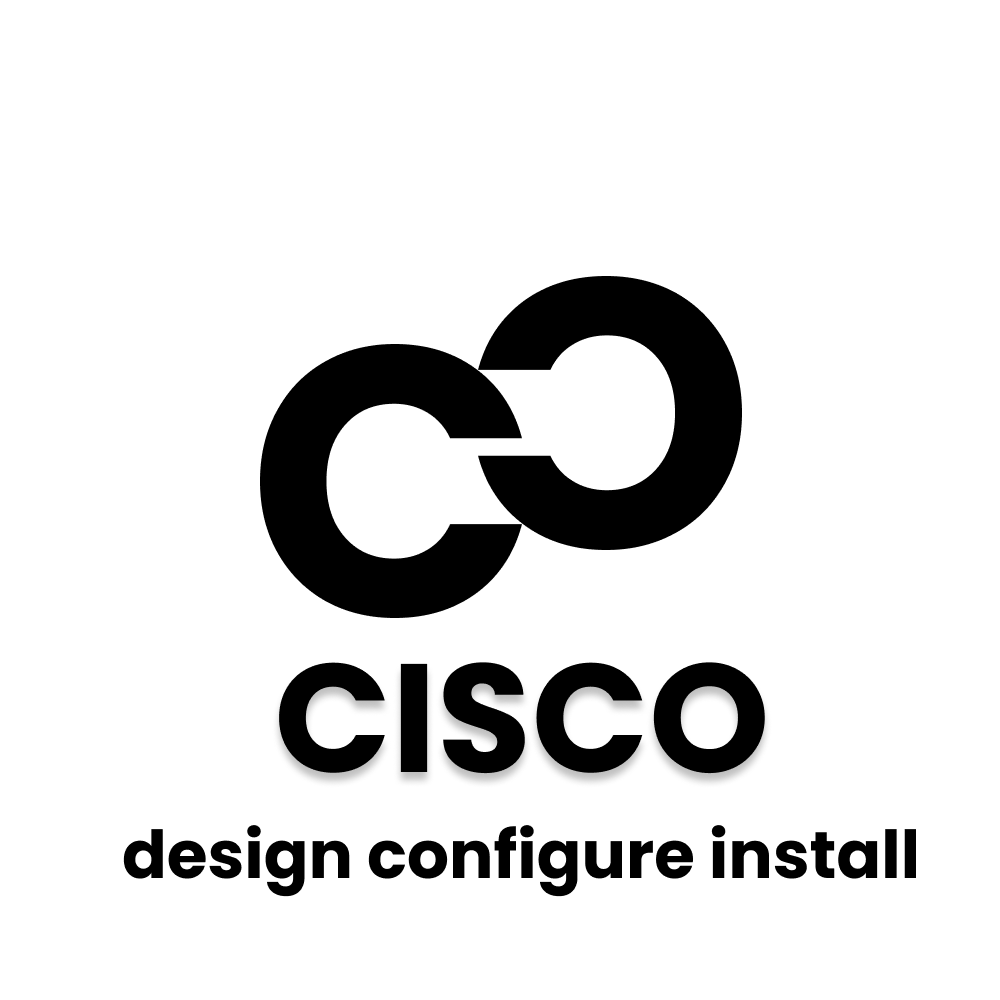Cisco Router Basics: Components, Functions, and Features
Introduction to Cisco Routers
Cisco routers are a cornerstone of modern networking, renowned for their reliability and widespread use across organizations. Popular models include the 880 series, 2900 series, and 3900 series, each catering to varying network demands. These devices run on Cisco’s proprietary Internetwork Operating System (IOS), which serves as the heart of their operation.
Core Components of Cisco Routers
Understanding the basic components of Cisco routers is essential for effective configuration and maintenance. Let’s break down these components and their respective roles:
1. Interfaces
Interfaces are the ports that connect routers to the network. These include Ethernet, serial, and ISDN interfaces, enabling routers to link LANs to other networks or the internet. Examples include:
- E0, E1: Ethernet interfaces.
- S0, S1: Serial interfaces.
- BRI 0, BRI 1: ISDN Basic Rate Interfaces.
Key Notes on ISDN Interfaces:
- ISDN S/T Interface: Requires an external Network Terminator (NT).
- ISDN U Interface: Has a built-in NT.
For local connections, routers feature a console port, often a Female DB9 connector, for direct configuration.
2. Processor (CPU)
The CPU, often a Motorola RISC processor, handles routing functions and system tasks. Typically, CPU utilization remains below 20%, ensuring smooth operation.
3. Internetwork Operating System (IOS)
The IOS is the backbone of Cisco routers, providing critical functionalities.
- Stored in Flash memory.
- Loaded into RAM during bootup.
- Regularly updated (e.g., IOS 12.x versions).
The IOS can be loaded from Flash, a TFTP server, or even another router.
4. RXBoot Image
The RXBoot, a simplified version of IOS stored in ROM, allows basic maintenance and configuration if the primary IOS fails to load.
5. RAM (Random Access Memory)
RAM temporarily holds the IOS and configuration file during operation. It also stores routing tables. Router models dictate RAM requirements:
- Small routers: 12-16 MB.
- Larger routers: 32-64 MB.
6. NVRAM (Non-Volatile RAM)
NVRAM stores the router’s configuration, ensuring it is retained even after a reboot or power loss.
7. ROM (Read-Only Memory)
ROM contains critical code for basic tests and boot processes, such as the Bootstrap program. This memory is factory-set and unmodifiable.
8. Flash Memory
Flash memory stores IOS images. It is an EEPROM (Electrically Erasable Programmable Read-Only Memory) and can be erased or reprogrammed via the console.
9. Configuration Register
This 16-bit register determines the router’s boot behavior, such as loading the IOS from Flash, a TFTP server, or the RXBoot image. For example, 0x2102 instructs the router to load the IOS from Flash memory.
Connecting and Configuring Cisco Routers
- LAN Connection: Ethernet interfaces connect to hubs or PCs. A toggle switch allows switching between straight-through (Hub) or crossover (Node) modes.
- Console Configuration: Using the console port and a special cable, administrators can directly configure the router through a serial connection.
Why Choose Cisco Routers?
Cisco’s Fusion initiative ensures compatibility across their devices, allowing seamless operation with the IOS. Their extensive market penetration and feature-rich models make them a preferred choice for businesses of all sizes.
